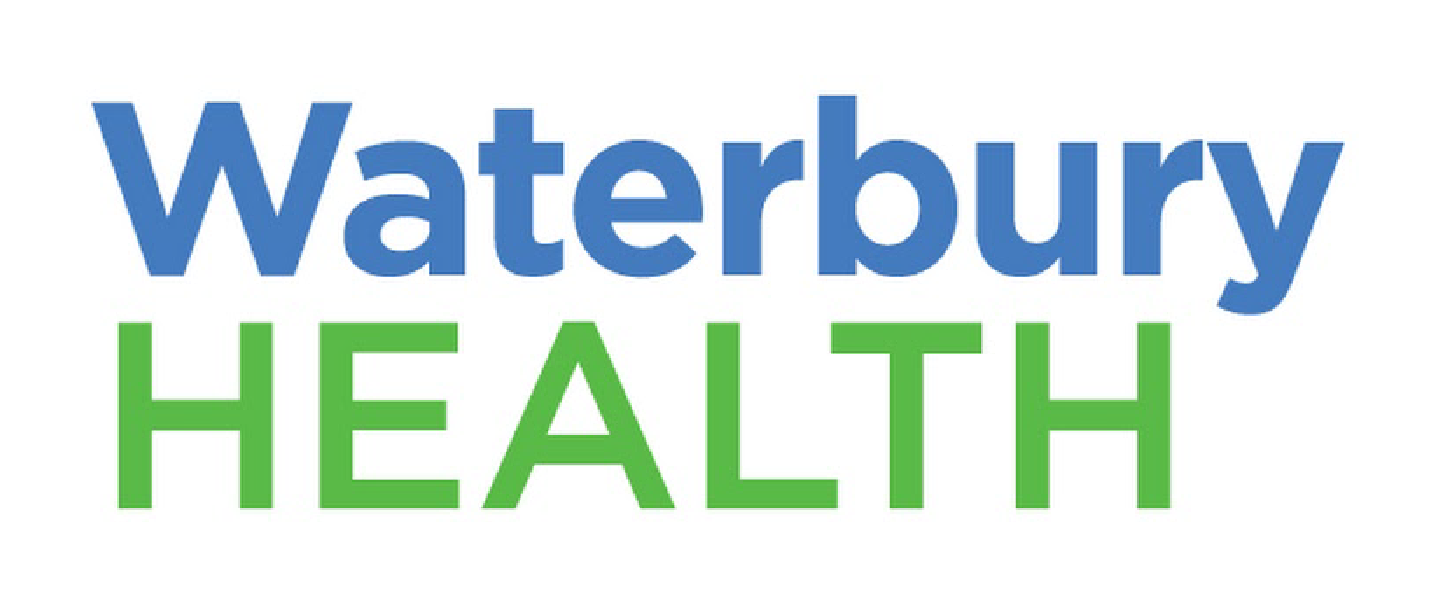Freedom House Ambulance
While ambulance services have been around in some form or fashion since the days of horse and carriage, emergency medical services (EMS) as a highly skilled profession only came to be in the 1970’s nationally.
Long before Los Angeles Firefighters Johnny Gage and Roy DeSoto introduced the world to the “Paramedic” and “EMT”, in the popular TV show “Emergency”, there was a group of black men from Pittsburgh paving the way for the EMS system as we know it.
In 1967, if you lived in the impoverished and mostly black area of Pittsburgh and requested an ambulance, you would get a police paddy wagon with non-medically trained or equipped officers….if you were lucky. Many times you got no help at all. This is where Freedom House Ambulance Service began.
In the waning years of the 1960’s, there was turmoil in the streets in our nation’s cities, the war in Vietnam and the Civil Rights movement was polarizing our communities. In Pittsburgh, a doctor at a local community hospital named Peter Safar had his sights set on preventing unnecessary prehospital deaths by training young men in lifesaving techniques that could be applied in the field. The men Dr. Safar chose to work with were all black, all from “The Hill” section of the city, and many were deemed “unemployable” for a variety of reasons.
In the spring of 1967, Dr. Safar began the first ever Paramedic training program where he and other respected physicians trained young men in the proper care of medical and traumatic emergencies. They worked in the hospital, observed staff, practiced newly learned techniques and studied thick textbooks. After months of intense training, Freedom House Ambulance Service was ready to hit the streets. An ambulance was outfitted with an electrocardiogram, cardiac defibrillator, medication, IV supplies, endotracheal intubation gear and obstetrical kit. Never before had American ambulances carried this equipment or had staff trained to use it.
Freedom House began answering calls and providing lifesaving care to the community. At first they were confined to the black neighborhoods and were met with skepticism by the community and criticism by the police. Police officers feared losing their jobs and the public weren’t sure they knew what they were doing. Police dispatchers would often refuse to send Freedom House to accidents and send their own ambulances instead. They would sometimes harass Freedom House medics and refuse to let them care for patients. The mayor of Pittsburgh even tried on a number of occasions to shut it down.
Even after it was now established and operating well, the city leaders did not embrace the black ambulance service. Politicians began to receive criticism that people in the more affluent sections of Pittsburgh were getting inferior police ambulance service while the poorest parts of town were getting highly skilled and equipped paramedics. This proved embarrassing to the mayor, only fueling his disdain for Freedom House.
Freedom House persevered and flourished until it was defunded in 1975 by city leaders. At that time, a new citywide ambulance authority was established. All of the men and now some women of Freedom House were offered jobs with the city system. Many of them were pushed out, even after training their replacements in emergency medicine. Some of them remained, including John Moon who rose through the ranks of Pittsburgh EMS and retired as Deputy Chief.
There is a book entitled “American Sirens” that was published a few years ago that details the challenges and triumphs of Freedom House Ambulance service.
As we celebrate Black History Month we should take a moment to remember the 25 black men who created the nations EMS system as we know it in the United States. When we call 911 for an ambulance it is with the expectation that highly skilled and equipped people come to our aid. Freedom House Ambulance Service set that stage. Millions of lives have been saved by EMS professionals across the country; and it all started in a poor black neighborhood in Pittsburgh.
Related Articles
-

Deborah Weymouth Named President and CEO of Waterbury HEALTH
-
WATERBURY HOSPITAL FIRST IN CONNECTICUT TO HOLD CHEST PAIN CENTER ACCREDITATION BY AMERICAN COLLEGE OF CARDIOLOGY
-
WATERBURY HOSPITAL HOSTS CAREER DEVELOPMENT PROGRAM FOR HIGH SCHOOL STUDENTS
-
WATERBURY HOSPITAL CARDIOLOGY DEPARTMENT, NICU DIRECTOR WIN CHAMBER HONORS
